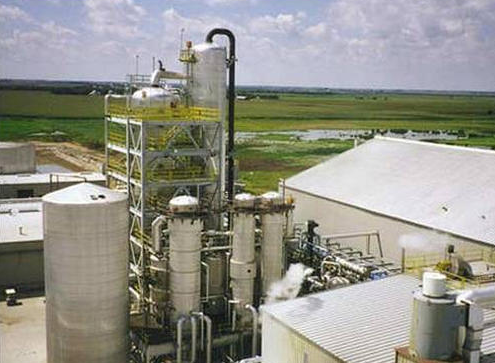New Delhi: The government Friday said around 17 million tonnes of surplus foodgrains will be utilised, apart from sugarcane molasses, for manufacturing ethanol to achieve the target of 20 per cent blending with petrol by 2025.
Addressing a webinar organised by sugar industry body ISMA, Food Secretary Sudhanshu Pandey said the government is encouraging ethanol production not only from molasses but also from foodgrains like maize and rice to achieve the blending targets.
He said the country has been producing surplus sugar production of about 4-4.5 million tonnes for the last few years, with the production of over 30 million tonnes and domestic demand of around 26 million tonnes.
The secretary pointed out that the surplus output led to a fall in domestic prices of the sweetener, which in turn affected both farmers and sugar mills.
To deal with the surplus sugar output and depressed ex-factory prices of the sweetener, Pandey highlighted that the government made two policy interventions in form of transport assistance to mills for exporting sugar and promotion of ethanol.
“We made out a very committed policy for diverting this excess production or towards ethanol production and industry came forward in a big way,” he said.
In the 2020-21 marketing year that ended last month, Pandey said the sugar mills were able to divert roughly about 2 million tonnes of sugar towards ethanol production.
Sugar marketing year runs from October to September.
“…This year we hope to divert roughly about 3.5 million tonnes towards ethanol production, and next year 6 million tonnes of sugar will be reduced as we will divert this towards ethanol production,” the secretary said.
On the automobile industry side, he said the government has come out with regulations for the fuel.
“The E-10 is now already allowed, and E-20 by 2024, the implementation will start. Mandatorily by 2025, the 20 per cent blending across India will be achieved.”
In the 2020-21 ethanol marketing year ending November, the country is estimated to achieve an 8.5 per cent blending of ethanol with petrol, with a supply of 3.35 billion litres to oil marketing companies (OMCs), according to ISMA.
After this interim intervention, he said the government is now going a step ahead and allowing the use of foodgrains to make ethanol.
“But now we are going a step ahead. We are also going to use roughly about 165 (lakh tonnes), almost 17 million tonnes of food grains, which is also surplus…,” Pandey said.
The secretary said the government currently has about 90 million tonnes of foodgrain stocks in the central pool.
“Many countries thought that this is a stock which is burdening the market and is depressing the market sentiments, but during COVID-19,…Almost 60 million tonnes of foodgrains have been distributed to about 800 million population free of cost,” he noted.
The free of cost distribution of foodgrains helped the country in fighting the COVID pandemic in a very effective way and ensuring food security of people affected by the pandemic, the secretary said.
“So now, India would be when moving towards E20 target, will also be using about 17 million tonnes of food grains for ethanol production. And we also intend to move towards the flexi-fuel in the country, so that even higher level of blending is permitted,” Pandey said.
The secretary said that the automobile industry has been invited to bring in the technology, already available globally so that the surplus foodgrains and sugarcane get utilised.
In June this year, the Centre had allocated 78,000 tonnes of rice from the state-run Food Corporation of India (FCI) at a subsidised rate of Rs 20/kg to distilleries for the current ethanol marketing year ending November.
The government has approved various proposals for setting up grain-based new/expansion of distilleries.
The government has already notified that it would make E20 fuel available by April 2023. E20 contains 20 per cent ethanol and 80 per cent gasoline.
PTI
